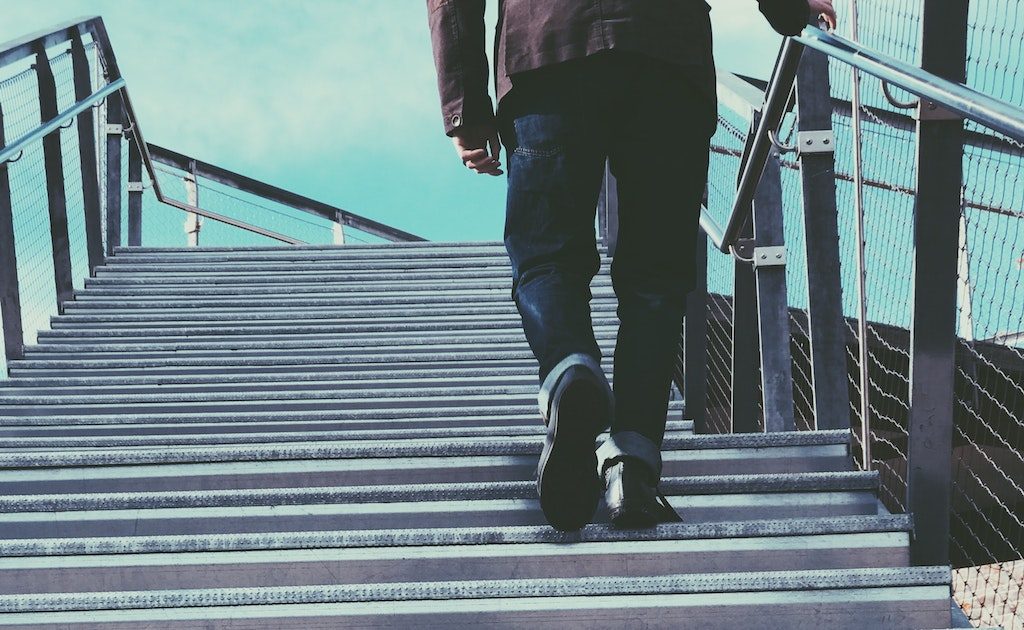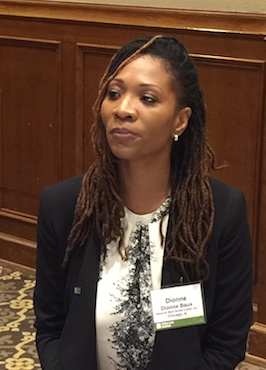
While a bit short on details, the Urban Land Institute (ULI) and several nationally renowned land use experts and urban planners laid out all the reasons for implementing the potential $400 million development known as “The Stitch” at a community meeting Friday.
The panel, speaking to a packed room at St. Luke’s Episcopal Church, which is right in the heart of the area where the proposed development would be, made their beliefs known on how to position the project as well as the development impact, design components and funding.
The project aims to bring 14 acres of new construction and green space atop a half-mile stretch of the I-75/85 Connector. The aim is to create a live-work-play community that stretches from the Civic Center to the MARTA Civic Center station. Currently, it’s estimated the development will take around six years to build out.
The panel’s visit is part of the ULI’s participation in the 10-Minute Walk Campaign, which aims to give residents across the country access to parks within a 10-minute walk of their neighborhoods. The campaign is being promoted by the ULI in association with the Trust for Public Land and the National Recreation and Park Association.
James Lima, president of New York City-based James Lima Planning + Development, acknowledged that a dialogue among all the stakeholders must start before anything can move forward. To succeed, a project like the Stitch must be “sustainable and bring a quality work-life experience. And it must also bring about a social, economic and environmental impact,” he said. He added that having useable open space must be “more than a feel-good experience,” and should help a city be more competitive.

Dionne Baux, director of Urban Programs at the National Main Street Center in Chicago
Authenticity was another important element identified at the event. In developing the elements of the Stitch, planners must ensure that it “reflects Atlanta and not be a rubber-stamped design,” said Dionne Baux, director of Urban Programs at the National Main Street Center in Chicago. “It must identify with the neighborhood, tell stories, reveal lost history and make more of an equitable history.”
Other needs brought up by panelists included affordable housing, a review and enforcement of design guidelines, an ability to harness future market demands, a shared vision, an acknowledgement of public health goals and a permanent solution to homelessness.
In terms of the MARTA station, Gia Biagi said it needs “new energy.” The principal of urbanism and civic impact at Studio Gang Architects in Chicago added that “we have to shift the center of gravity and develop potential empty sites and intensify the green network.” The buses should be repositioned elsewhere at the station and the area needs to be a “gateway to Auburn Avenue, the BeltLine and maybe have some farmer’s markets.”
In terms of funding, the project will need a variety of federal, local, state and regional dollars, as well as public-private partnerships and other taxes, said Richard F. Krochalis, Seattle Design Commission. The next steps are to engage, collaborate and form alliances, he said.
As to how to put together a funding package, Lima said, “If you harness the future market demands and address the critical needs, the money will follow. You must have a shared vision.”
